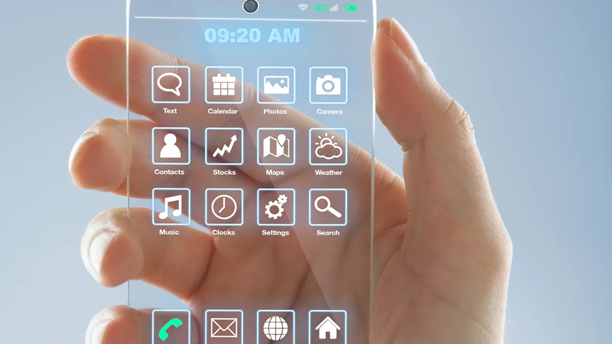The Future of Smartphone Technology and Data Computing
The smartphone industry has emerged as one of the most innovative and feature-rich industries in recent years. It has evolved from a simple tool for connectivity to a fully featured, hand-held computing device. Additionally, it is one of the most successful industries in the modern era due to the constant demand for more.
The Future of Smartphone Technology and Data Computing:
1. Camera on a smartphone:
The goal of developing the first smartphone cameras was to capture the moment. Clarity, reduction of background noise, and enhancement of contrast all received little attention.
Common camera:
The camera’s main sensor is the one that gets the most frequent and constant attention. It has a depth sensor that changes focus and measures distance, and it has the best quality of all cameras. It also has a wide-angle camera.
Wide-angle lens:
Nowadays, smartphones often have three or four camera setups, with each camera doing a different job. Using a standard field of view and a wider angle, add more detail, pixels, and shadow reproduction to your photos.
2. Display on a smartphone:
The screen of most smartphones is the primary focus. Since we spend most of our time looking at screens, this makes sense. Additionally, smartphone designers created OLED screens that wrapped around the edges to give smartphones a futuristic appearance when they first became pocket friendly.
Notch versus drill:
The position of the front camera has been the subject of much debate as smartphones’ screens grow larger and extend beyond their edges. I went with the notch option because Samsung, Huawei, and others have ditched traditional fingerprint scanners in favor of a small cutout for the main front-facing camera inside the OLED screen.
High rate of refresh:
Through the game engine, this idea made its way into smartphone datasheets, where it has since become a standard feature on all flagship models. The phone’s UI animations and navigation will be smoother the faster the refresh rate.
3. Current features of smartphones:
Most smartphones of today are designed with features and services tailored to meet the needs of everyday consumers. A novice photographer, for instance, might opt for a phone with a high-quality camera rather than an expensive professional one. The advantage is that the remaining features of the smartphone can be carried in your pocket.
4. Networks:
The phone’s initial objectives were instantaneous response time and connectivity. Additionally, numerous devices have gone wireless because of new methods for connecting them. As a result, the most recent Bluetooth 5.1 and 5G technologies have entered the smartphone market. These technologies make it simple to connect headphones to automobiles and enable users to store music and photos streamed to their smartphones in the cloud.


One thought on “The Future of Smartphone Technology and Data Computing”